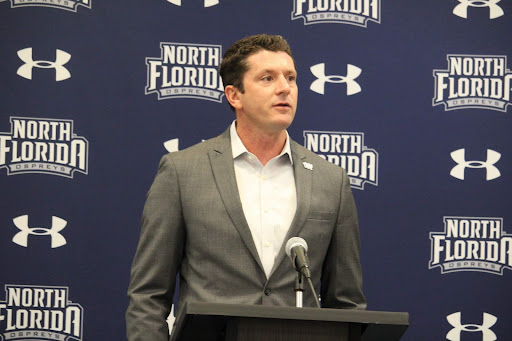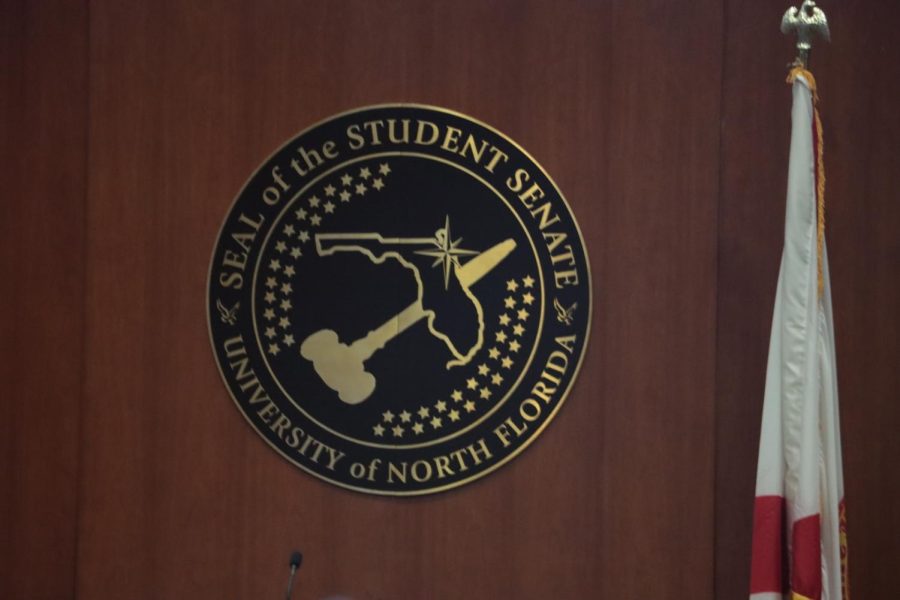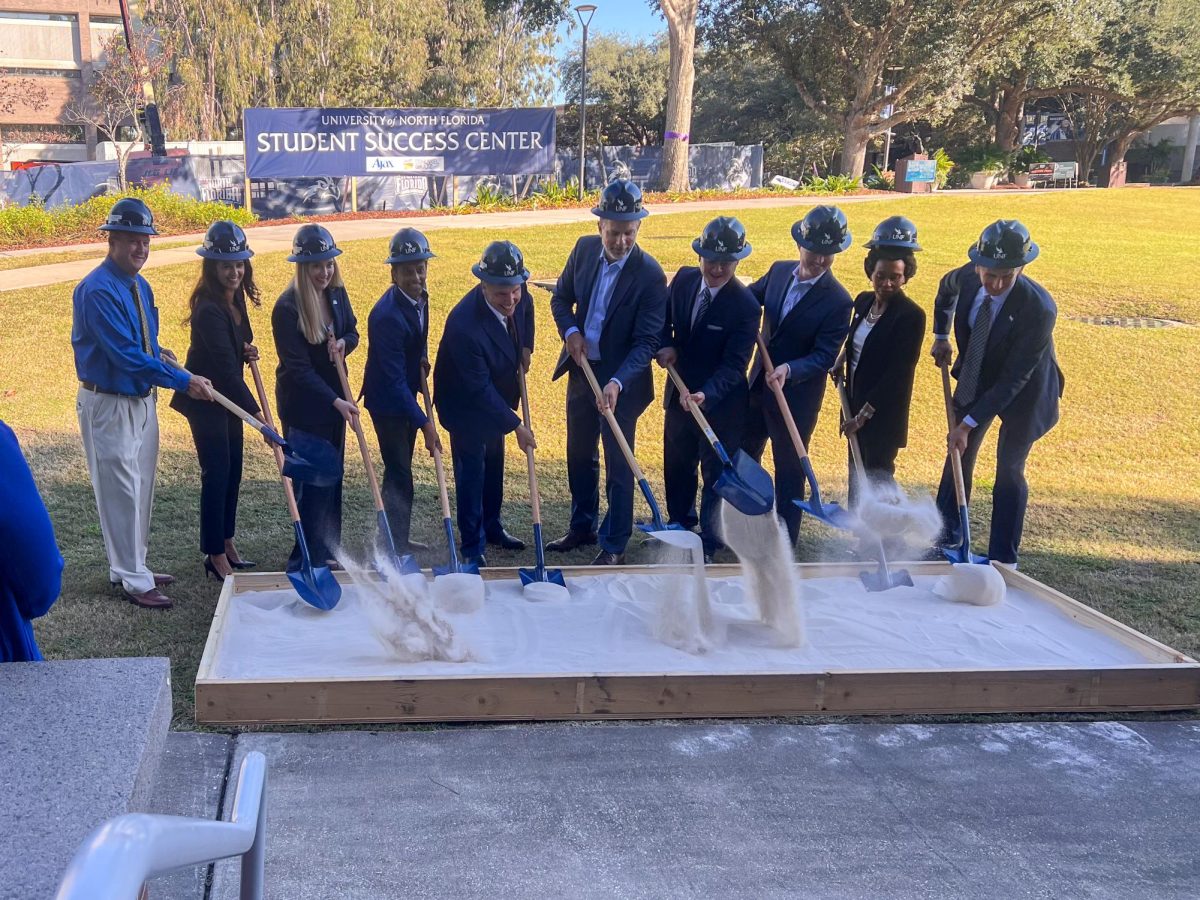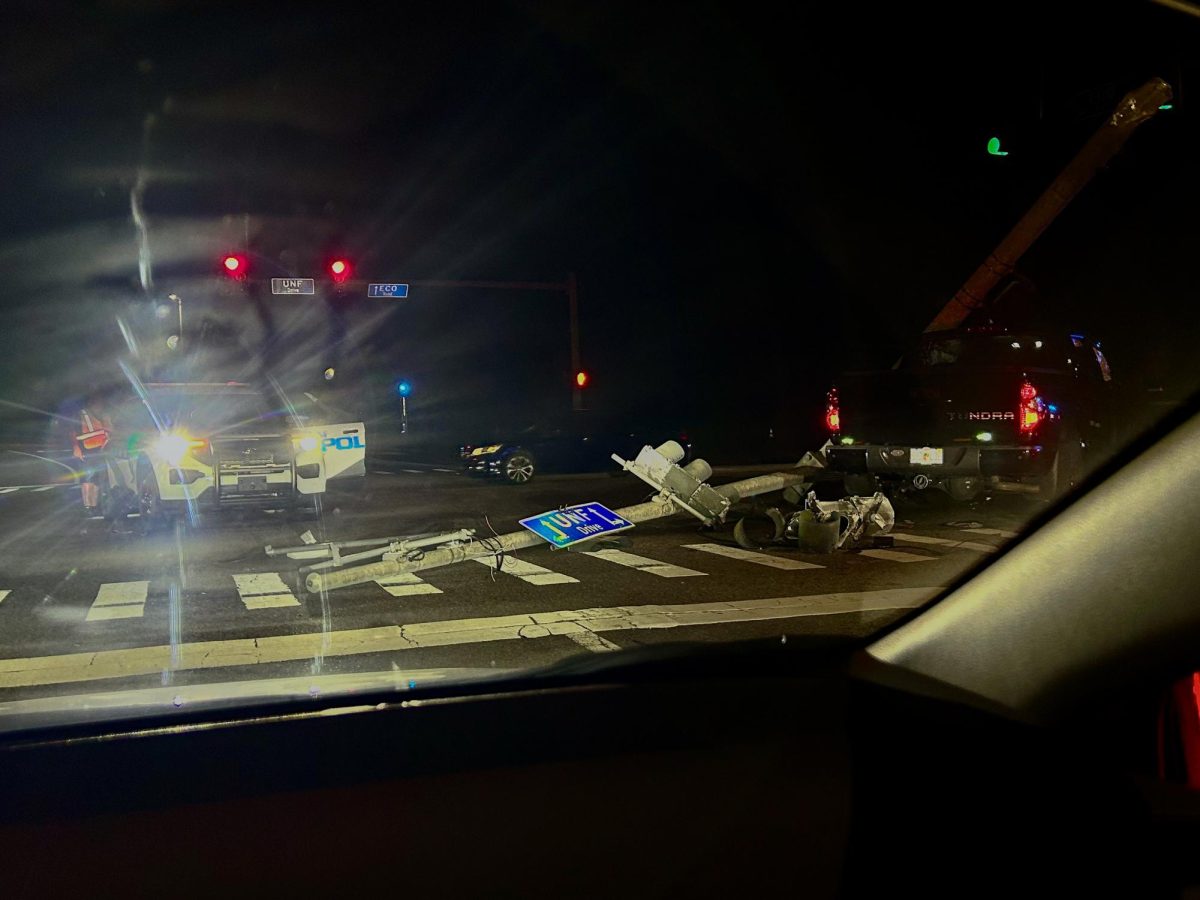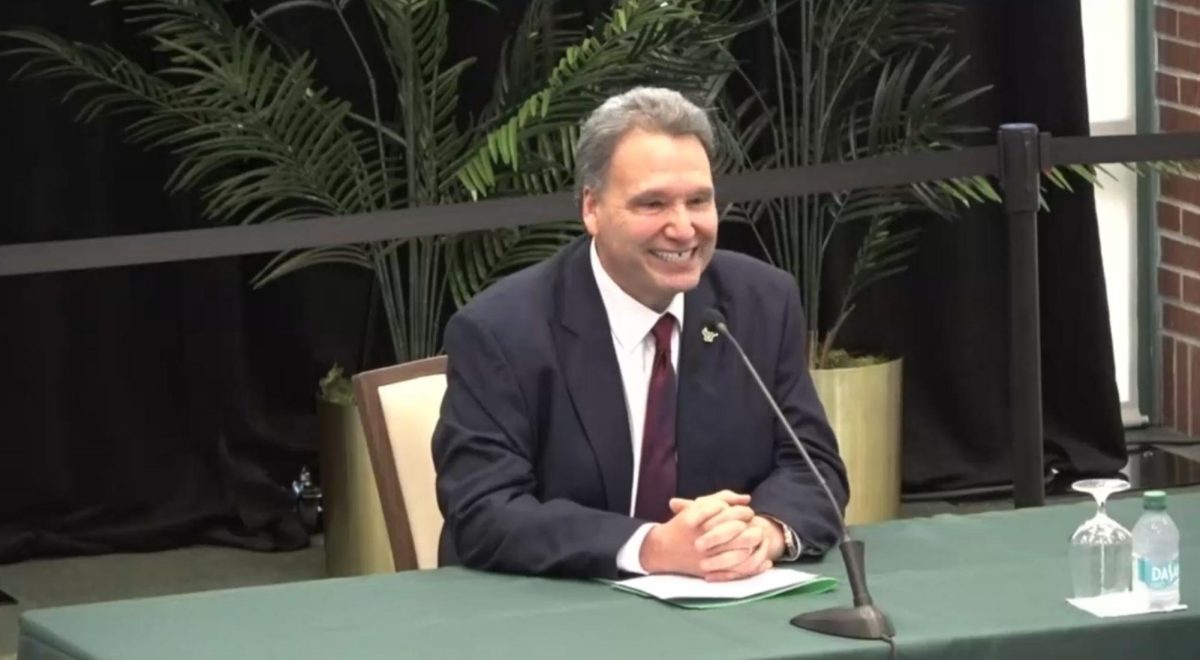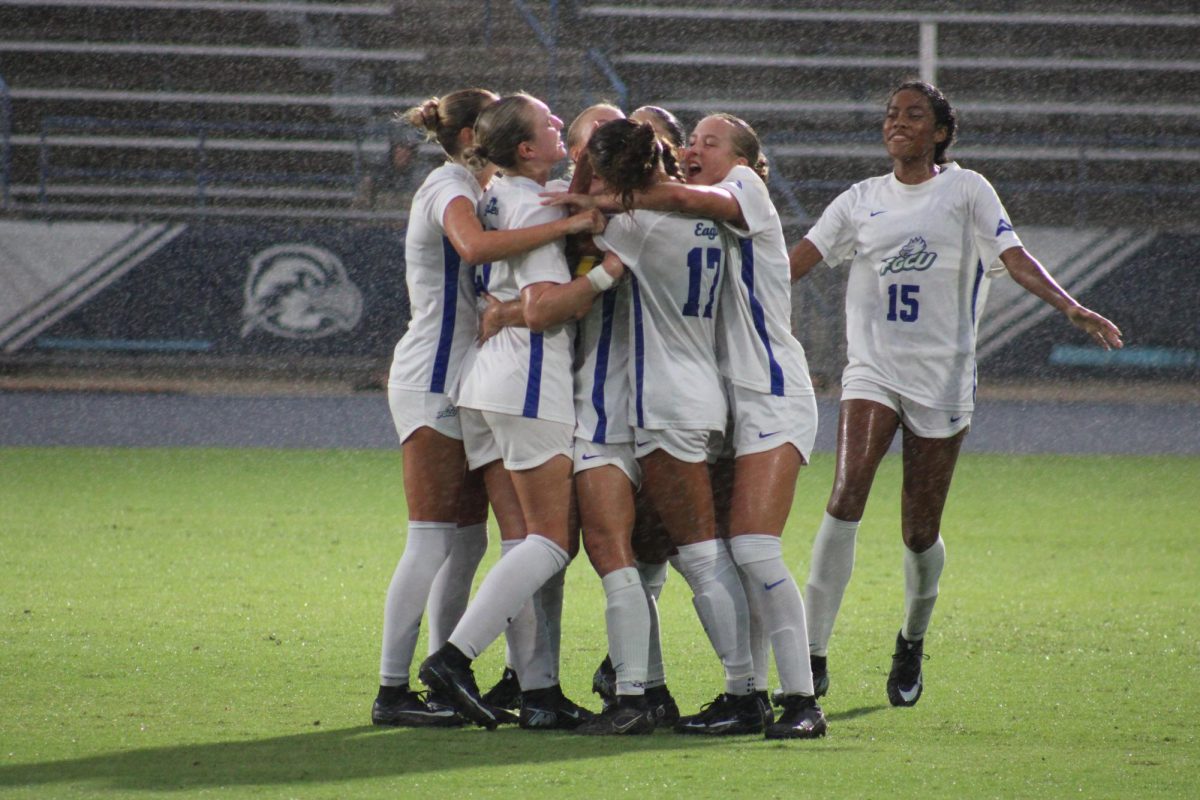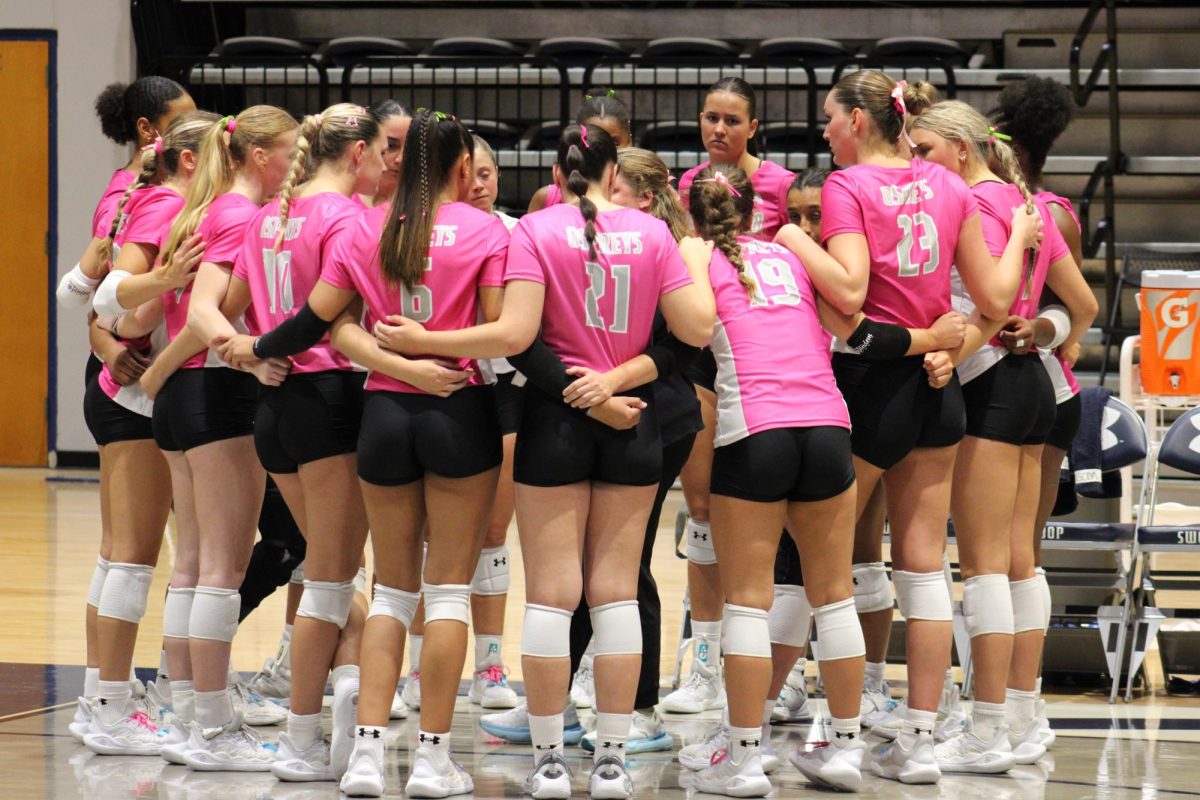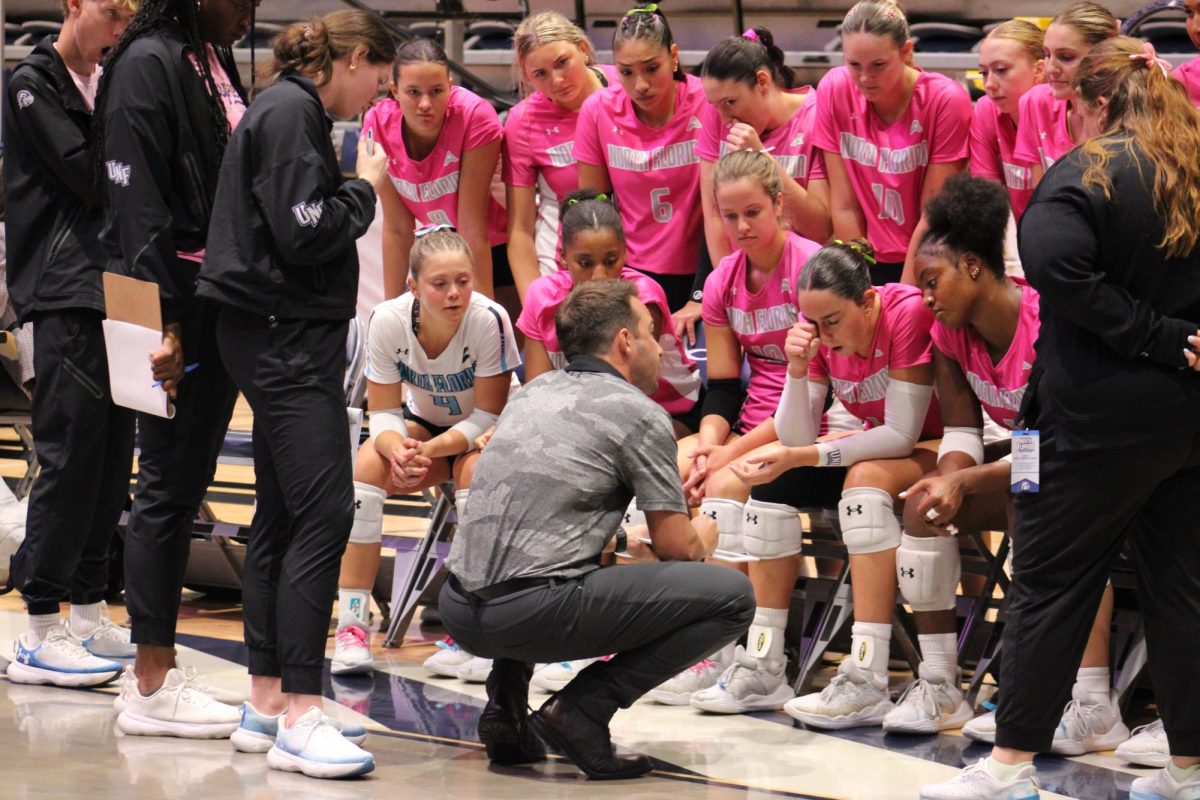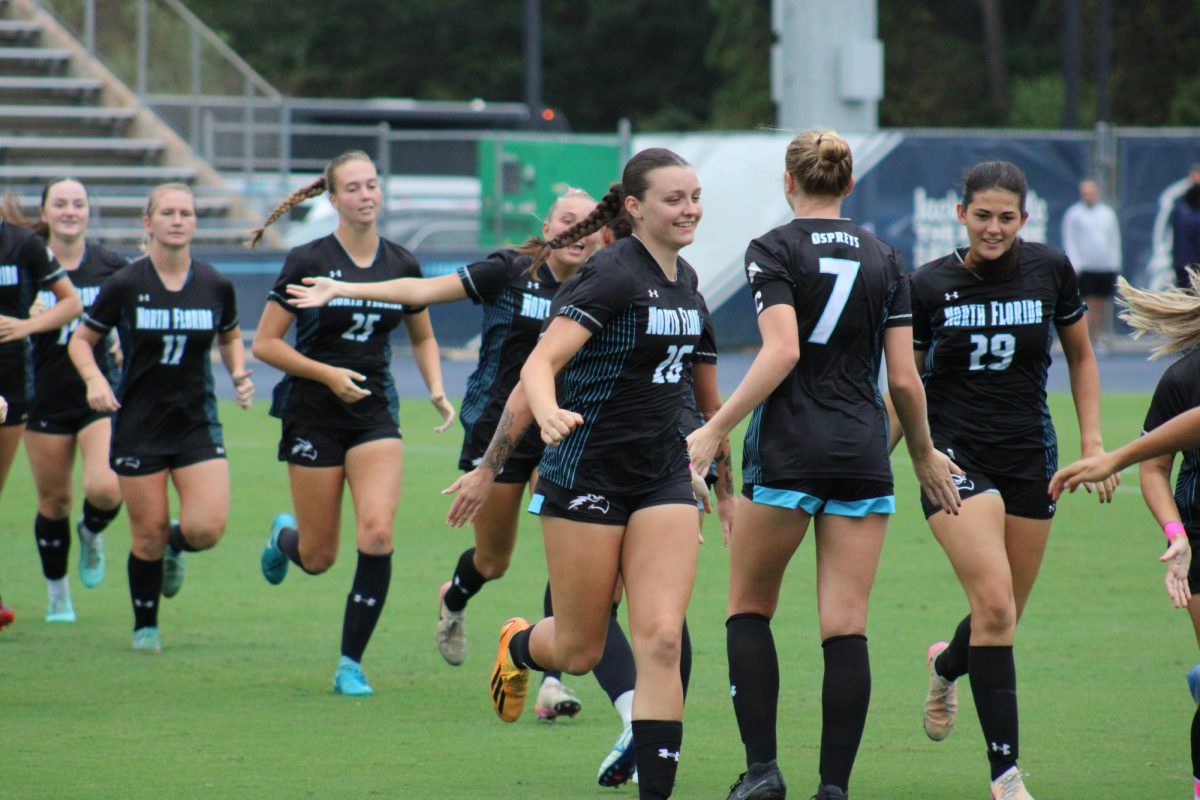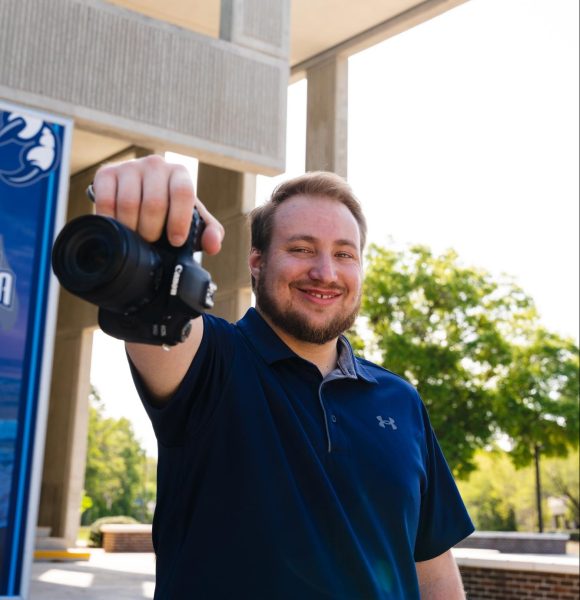University of North Florida and UNF Athletics didn’t waste any time deciding on whether to opt into the House versus NCAA Settlement.
In fact, on the same day schools were able to join the 2.8 billion dollar settlement, UNF made its decision promptly and efficiently. On July 1, UNF Athletics opted into the settlement, and joined 320 schools agreeing to revenue sharing, scholarships and roster changes, NIL oversight, and financial retributions.
“The new era of NCAA Division I athletics presents incredible opportunities for student-athletes,” athletic director Nick Morrow told UNF Athletics. “The University of North Florida has announced its decision to opt into the new NCAA model, which enables us to provide greater resources to our student-athletes and compete at the highest level.
UNF can now directly pay student-athletes
The House vs NCAA settlement, approved on June 6 by Judge Claudia Wilken, allows Division One schools to directly compensate student-athletes for their name, image, and likeness. Previously, schools weren’t allowed to directly pay athletes and only third-party collectives could, with little regulation.
Currently, the rule went into effect on July 1, but it comes with regulations and parameters. Schools that opted in, which includes all Power Four schools and most Group of Five schools, can pay athletes up to 22% of their average athletic revenue.
However, there is a cap of 20.5 million for 2025-26, designed to somewhat limit excessive spending. It’s expected that most schools like UNF won’t come close to paying athletes 20.5 million this year, but the number is expected to increase each year until 2034-35.
Roster limits and more scholarship opportunities in effect
With the settlement, UNF and other schools can now offer full or partial scholarships to all rostered athletes. Nonetheless, there are now sport-specific roster limits, such as women’s soccer being limited to 28 athletes.
Last August, Morrow told Spinnaker how the scholarship rule affects Osprey sports.
“That actually makes it more challenging,” Morrow said last August when the rule was announced. “When you add in the transfer portal, increased NIL, and now two more scholarship spots, all that is going to make it difficult to recruit student-athletes.”
While this rule could hurt UNF Basketball, Morrow mentioned last August that UNF may benefit from this rule in smaller sports such as soccer and golf.
“In a lot of those sports where there will be smaller rosters, the players who don’t make the rosters at the bigger schools are going to have to find a new school,” Morrow said.
Overall, Morrow mentioned how this rule could limit how many students play major college sports.
“That’s going to be an interesting and sad effect [of the rule],” Morrow said. “If you’re a high school student right now, it’s going to be difficult to [play at the D-1 level].”
Third-party deal regulation
On the positive side, current athletes or recruits won’t be cut due to roster reductions because of this rule. In addition, this means UNF must comply with a new regulation, where deals over $600 are required to be approved by the NIL Go portal.
Third-party deals are NIL agreements not affiliated with the school. This mainly affects big-budget schools in major conferences with major donors, collectives, or sponsors. Being in the smaller ASUN Conference, UNF is likely less affected by this rule.
Since many have called out lack of NIL oversight, this ensures that athletes are paid for their market value and third-party deals with boosters or donors are regulated.
Back-pay damages
All Division One schools, regardless of opt-in status, are contributing to the 2.8 billion back-pay damages, cutting out to 60% from the NCAA and 40% from schools. This payout is for 2016-2024 student-athletes.
___
For more information or news tips, or if you see an error in this story or have any compliments or concerns, contact editor@unfspinnaker.com.




